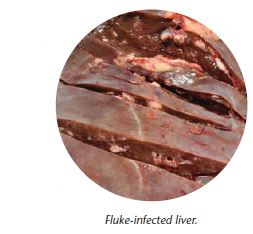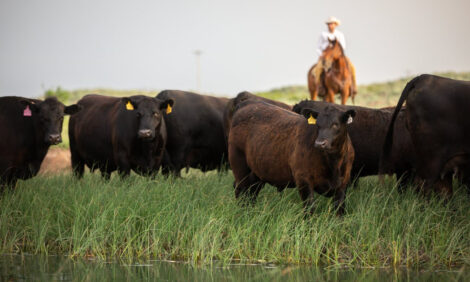



Controlling Fluke When Winter Arrives
Using Lavamisole in the autumn will not be effective against liver fluke at this time of year, warn experts at Teagasc.When cattle come off grass and are housed for the winter, they bring in with them a large number of parasites that intend to feed off them, write Teagasc advisers.
Left unchecked, these parasites can do a lot of damage, reducing animal performance. When the cattle are turned back out to grass, many of the parasites are then in an ideal position to reinfect pastures, keeping the cycle going.
Housing is an ideal time to break that cycle and to ‘clean out’ cattle of their parasite burden. Once inside, if they are cleaned out properly, cattle cannot be re-infected (apart from lice), as they are no longer grazing. For a parasite control programme to be effective you need to know what you are trying to kill and how to kill them.
Too often the wrong type of control products are chosen or the products that are used are not used in the correct way. In recent years more and more combination products have been brought onto the market that kill different types of parasites.
These can be more convenient than using two or three different products but you need to know what they kill and how to use them effectively.
Some key pointers:
- Levamisole stomach wormers are not suitable as a housing dose as they do not kill the stomach worms that cause the most damage during winter. Some of the combination wormers are Levamisole based.
- Liver fluke must first have grown inside the animal for a number of weeks before most liver fluke products will kill them. This must be remembered when choosing your product.
- Triclabendazole-based products are the only type that will kill liver fluke at the two-week stage.
- Liver fluke products that use clorsulon, oxyclozanide or albendazole will only kill fluke that are at least 12 weeks old. Using these in cattle housed for less than 12 weeks will mean that there are still a high number of live fluke in the cattle. Other fluke products are effective six weeks after cattle are housed.
- All cattle in the same shed should be treated at the same time for lice. Otherwise, you can have clean cattle being re-infected by lice coming from untreated cattle.



